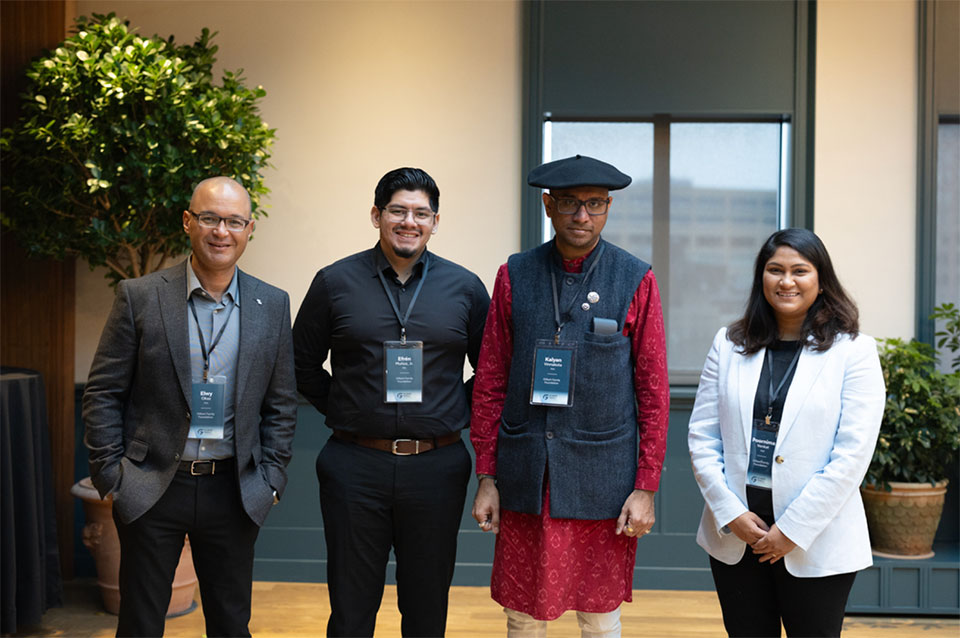Accelerating a Cure
for NF.
We support bold research initiatives that are accelerating a cure to neurofibromatosis (NF).

WHAT IS NF?
Neurofibromatosis, also known as NF, is a genetic disease that causes tumors to grow on nerve pathways anywhere in the body.
There are three types of neurofibromatoses – NF1, NF2, and Schwannomatosis. NF1 is the most common type, affecting approximately 1 in 2,500 births, and is the primary focus of our research efforts. NF1 is characterized by multiple café-au-lait (light brown) skin spots, freckling in the armpits or groin, and/or neurofibromas (small benign growths) on or under the skin.
About 50% of people with NF1 also have learning challenges. Tumors may develop in the brain, on the spinal cord, and/or on nerves all throughout the body. While NF1 tumors are generally not cancerous, they may cause significant deformities and health issues such as blindness. Sometimes benign NF1 tumors do become malignant.
THE NUMBERS

1996-2023
OUR WHY
Inspired by
Nick’s Legacy.
Dan and Jennifer’s commitment to NF research began when their oldest son, Nick, was born with NF1. They established the Gilbert Family Foundation in 2015 to advance groundbreaking, cutting-edge NF research and are focused on supporting the best ideas, no matter how radical they may seem at first. Nick passed away in May 2023, but his optimism and passion continue to inspire this work each day.
Learn MoreOur Strategy
Unafraid to
Take Risks
NF1 is a complex disease with numerous symptoms but no present solutions. Over the past few decades, research has yielded significant insights into the disease. At the same time, rapid advances in biomedical and information technologies have led to breakthroughs in science and in our capabilities to solve complex problems. Today, we believe that these technologies could be merged with the growing knowledge on NF1 to generate innovative treatments.
Through our four research initiatives, we seek to create multi-disciplinary “Dream Teams” of scientific experts focused on testing novel concepts and taking on bold research initiatives to produce NF1 therapies that may not otherwise be produced by traditional drug developers.
Vision Restoration
The Vision Restoration Initiative (VRI) seeks to develop therapies to reverse nerve damage and restore vision in NF1 patients with optic pathway gliomas (OPGs).
Learn MoreBrain Tumor Research
The Brain Tumor Initiative (BTI) focuses on identifying and developing therapeutic strategies to treat NF1-associated gliomas at risk of developing into higher grade tumors.
Learn MoreGene Therapy
The Gene Therapy Initiative (GTI) aims to develop curative therapies that address the underlying genetic abnormalities in NF1 patients.
Learn More




